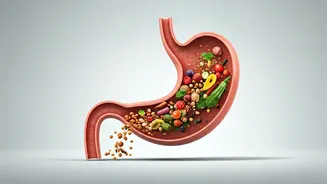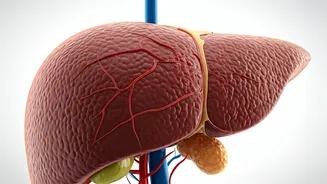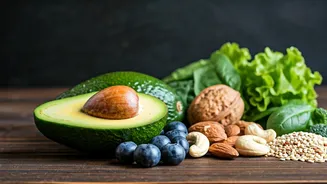Recognizing the Signs
Magnesium deficiency can manifest in various ways, often subtly impacting daily life. Nine common symptoms can point to low magnesium levels. These include
frequent muscle cramps or twitches, which can be quite uncomfortable and disruptive. Persistent fatigue without an obvious cause can also be a key indicator, leaving individuals feeling drained. Other signs involve poor sleep or restless nights, making it difficult to achieve restful sleep. Sugar cravings or challenges in controlling blood sugar levels might also suggest an imbalance. Headaches or migraines, along with unexplained anxiety or irritability, also contribute to the list of symptoms. Tingling or numbness in the limbs, alongside constant feelings of tiredness, can be related to a magnesium deficiency. These symptoms, if experienced regularly, suggest a need for dietary changes to combat the deficiency.
Addressing the Deficiency
Fortunately, magnesium deficiency can often be addressed through diet. Several foods are naturally rich in magnesium and readily accessible. Spinach and other leafy greens are excellent sources, offering a simple way to boost intake. Almonds and cashews provide a tasty and convenient way to supplement magnesium. Dark chocolate, especially with a high cocoa content (at least 70%), is another option that can satisfy a sweet craving while boosting magnesium levels. Avocados offer a creamy and nutritious addition to meals, contributing to overall health as well as magnesium intake. Furthermore, pumpkin seeds are a good source and can be incorporated into various meals or snacks. Including these foods in your daily routine can help to alleviate the symptoms of magnesium deficiency.











